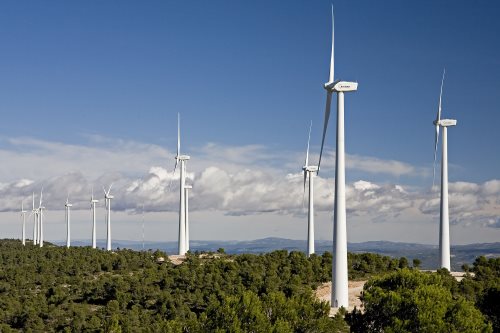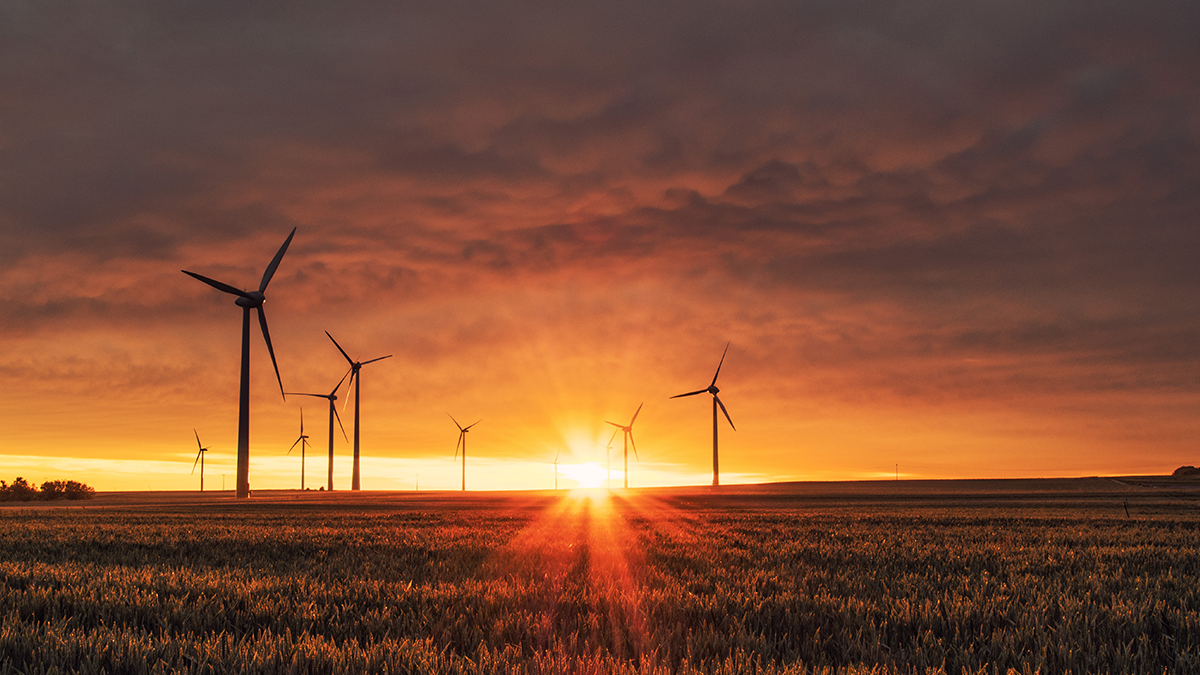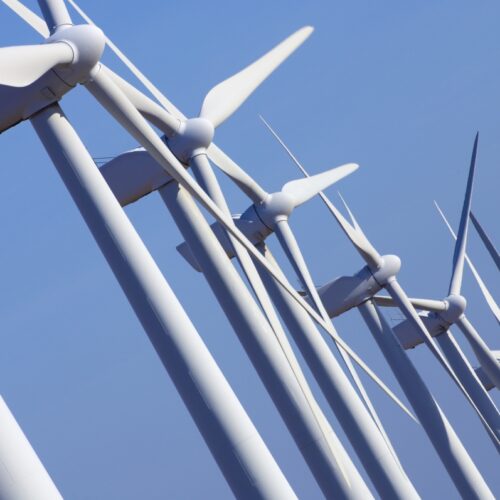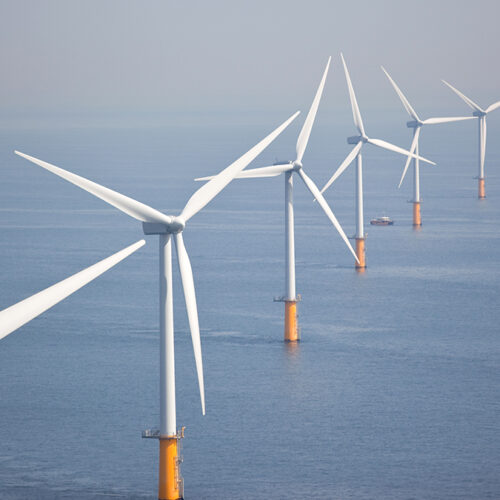Wind power is currently the fastest-growing source of electricity production in the world with about a quarter of a million wind turbines operating around the globe in over 90 countries.
We now have an output of 336 GW (June 2014), with wind energy production at 4% of total worldwide electricity usage, and growing rapidly; this has prevented 518 million metric tons of carbon dioxide from entering the ecosystem annually. While wind mills have been in use for about 1,500 years, from their first development in Persia around 500 AD, it has never been more prevalent than in modern times.
Current wind turbines have experienced a 15-fold increase in output since 1990, and now stand at an astonishing 59% efficiency. Make no mistake: we can continue to increase that figure and generate more power with the same number of installations by further increasing that efficiency.

A single wind turbine can now power 500 homes in the energy hungry United States, but thousands in a less demanding countries that have much lower demands per household. As of May 2014, the United States has 46,000 units installed. It is going to be a while before they hit 55% like parts of southern Australia have already done.
Lots of Watts
That’s a lot of power we’re making, and although wind doesn’t blow constantly, it does blow day and night, so it’s more useful for more hours of the day than solar power alone. It certainly does not eliminate it, but does decrease the need for power storage. With its small land-use footprint, virtually water less operation, and its pollution free design with costless fuel, we have excellent reason to celebrate Global Wind Day on June 15th annually.
Currently, 95% of wind turbines are installed on private land, but there are projects all over the world that are taking advantage of offshore installations. Despite the fact that it is somewhat more costly, the greater continuity of wind and the decrease in aesthetic impact are worth the additional cost. It also helps to minimize the radar interference that has occasionally identified wind turbines as aircraft or unusual weather patterns.
If we could all reach an efficiency rate such as that achieved by Spain (up to 45% of its demands from wind turbines), our world supply of fossil fuels could last another 80 years, instead of current projections of just 40 years. Of new power generation in the United States, 42% came from wind turbines, bringing them to over 62 Gigawatts of wind power (2014), or about 18% of worldwide generation. Of course that’s not surprising since the U.S. wind power industry is worth about US$10 billion per year.
Conclusion
Wind energy costs are on a steady decline and have been since 2009. The turbines are more efficient, and the expenses are decreasing, making electricity prices competitive with other sources of generation. Fifty percent of our power requirement from wind doesn’t seem so far fetched anymore. It is an achievable target, possibly as soon as 2030; and the majority might be supplied by wind as soon as the year 2050. We’re headed to the future!




